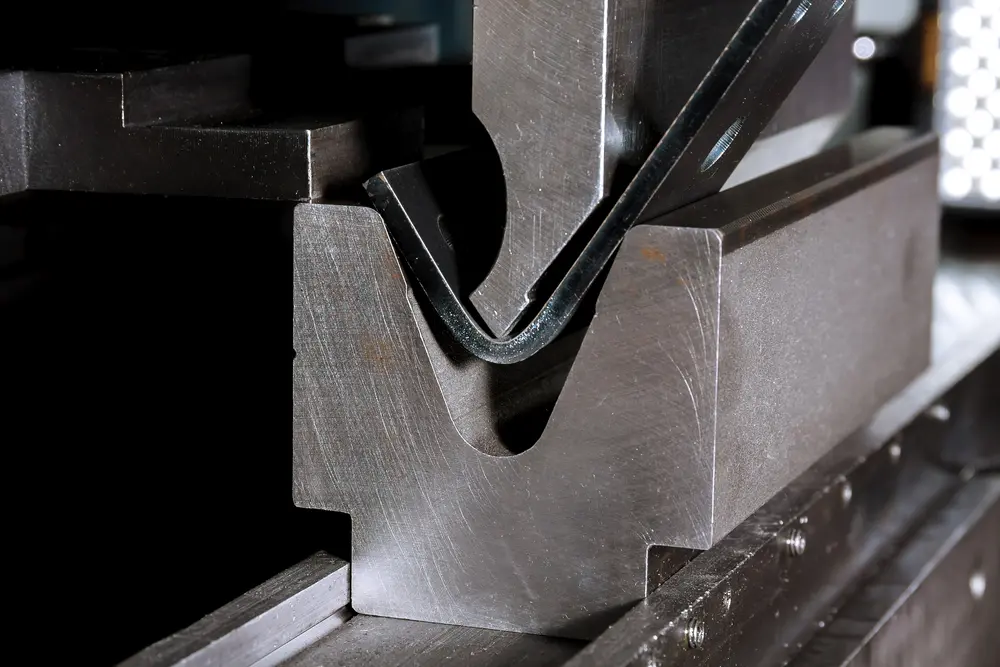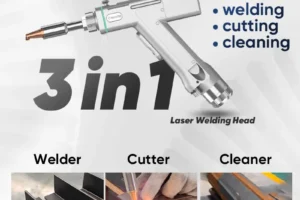A hydraulic press brake is a type of machine tool used for forming metal components by bending. It is often the go-to machine for assembling the parts into the desired shape and size. However, when it comes to press brakes, many of us still worry about their efficiency and performance. This article will address some common reasons and solutions for hydraulic press brakes.
What are the Common Reasons Behind Issues in Hydraulic Press Brakes?
1. Low Lubrication
Low lubrication on the moving components of the hydraulic press brake could be a significant contributing factor to its issues. Without proper lubrication, the hydraulic press brake will experience frequent downtime, vibration, and other mechanical issues.
2. Poor Quality Seals
Seals play an important role in controlling the flow of fluids, in the case of the hydraulic press brake, oil and air. Poor quality seals can lead to leaking, which will in turn affect machine performance.
3. Undersized Materials
Undersized material will cause excessive rubbing, which will create additional stress and friction on the members and seals. This can have a significant impact on the longevity of the press brake.
4. Overheating
During operation, press brakes are subjected to heat buildup due to the constant contact with the materials that are being processed. If the temperatures get too high, they can lead to inefficient operation and premature wear.
5. Contamination
 When working with metals, dust and debris are inevitable. If these contaminants are not removed promptly, they can get stuck in tight spaces, causing corrosion and build-up of sludge or harsh deposits. These cause wear and tear on the machine components, resulting in breakdowns and reduced performance.
When working with metals, dust and debris are inevitable. If these contaminants are not removed promptly, they can get stuck in tight spaces, causing corrosion and build-up of sludge or harsh deposits. These cause wear and tear on the machine components, resulting in breakdowns and reduced performance.
Solutions to Address Issues Mentioned Above
1. Regularly maintain your hydraulic press brake
Regular maintenance should be done to ensure the hydraulic press brakes work efficiently. This includes checking and ensuring the seals are intact and replacing any worn out ones. Lubrication should also be regularly monitored and replenished to optimize machine performance.
2. Check for overheating
Ventilation should be regularly checked to provide adequate cooling for the machine components. Proper insulation should also be applied to ensure that vibrations don't affect the machine performance.
3. Swap parts as needed
If a certain component of the press brake starts to show signs of wear and tear, it is recommended to replace it as soon as possible. Using worn out parts could contribute to further damage and reduce the life expectancy of your machine.
4. Clean and inspect regularly
Contaminants must always be taken away from the surfaces of the press brake. Use of degreasing agents, such as petroleum-based cleaners, should be avoided whenever possible. At least once a month, inspections should be conducted to check for any potential damages or issues.
5. Know the limits of the machine
It is important to know the limits of the press brake you have. For instance, if it is designed to bend only up to a certain thickness and angle, do not exceed those parameters. Doing so could result in more severe damages.
By following these simple steps, you can ensure that your hydraulic press brake runs at maximum efficiency. With regular maintenance and inspections, you can avoid costly repairs and maximize the lifespan of your equipment.
Learn more about our products, please visit and subscribe to our Youtube channel





